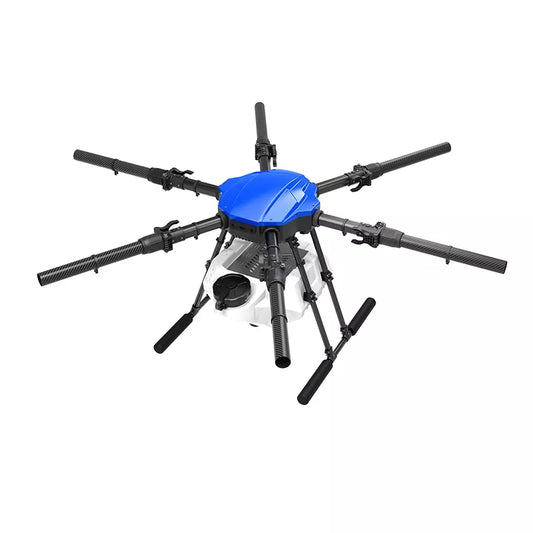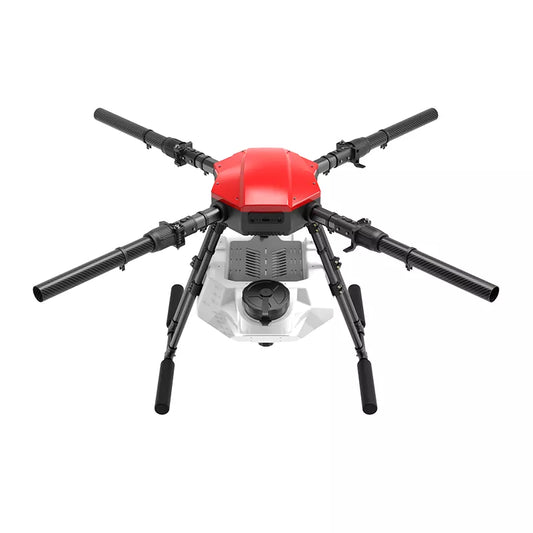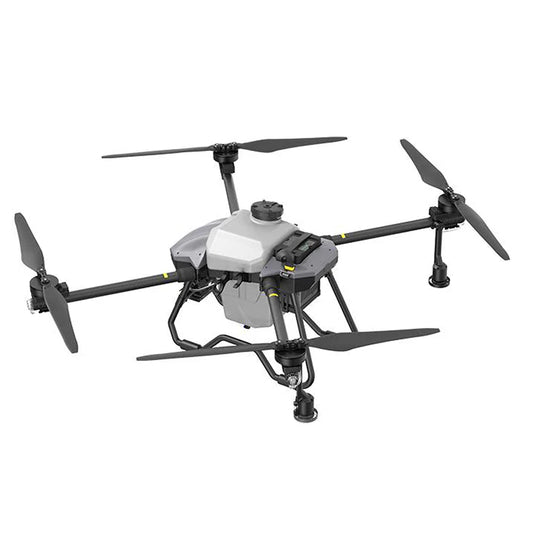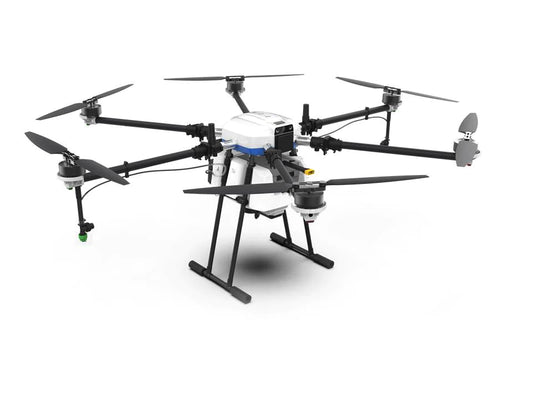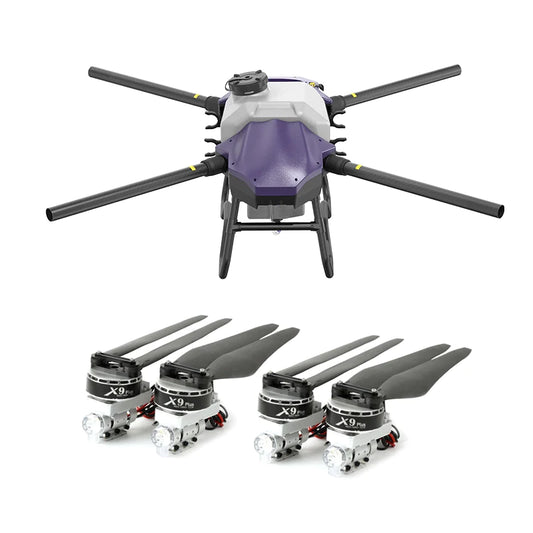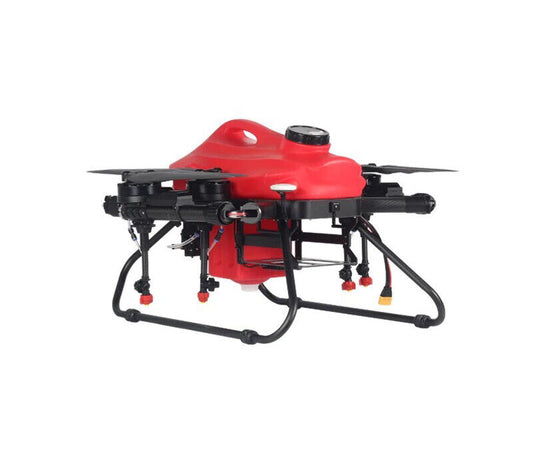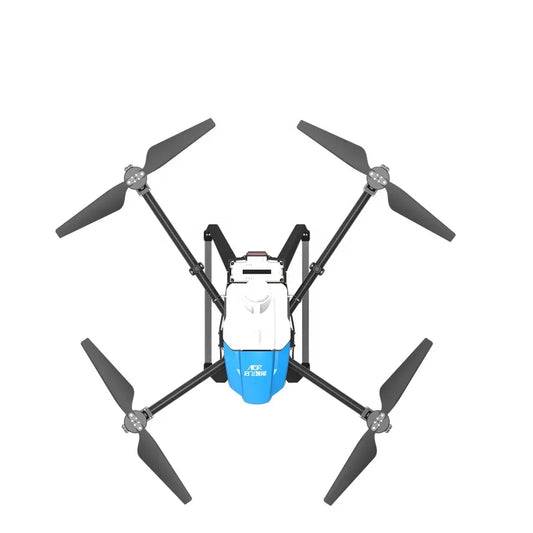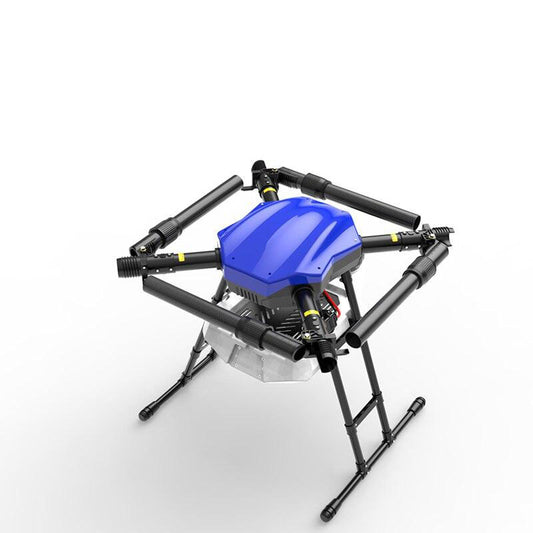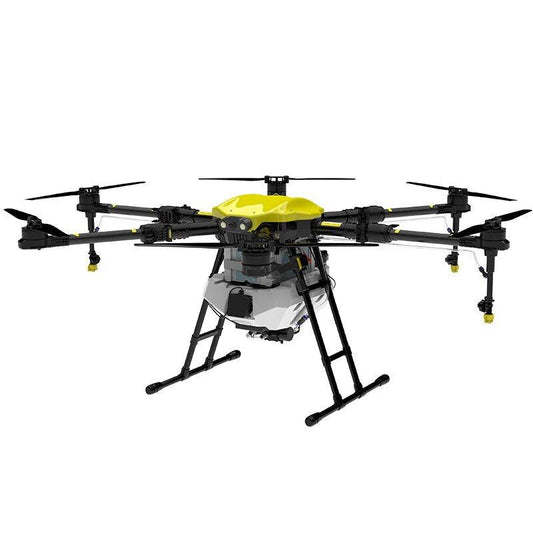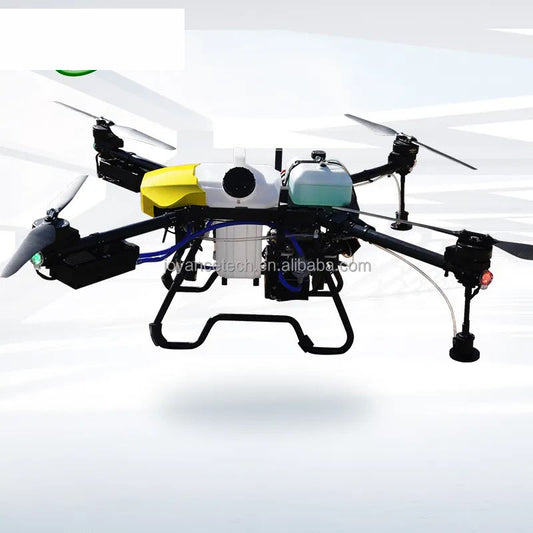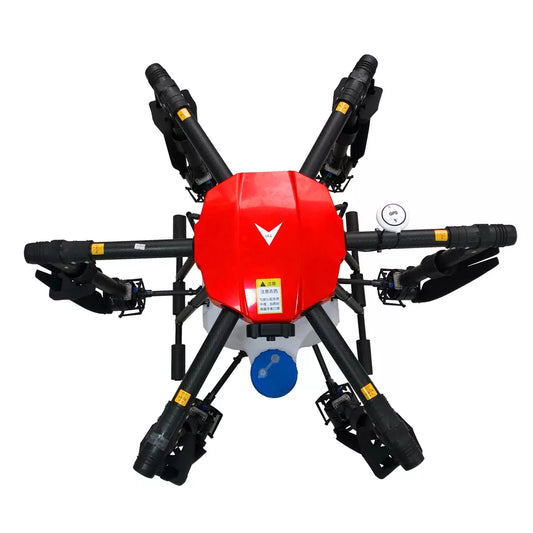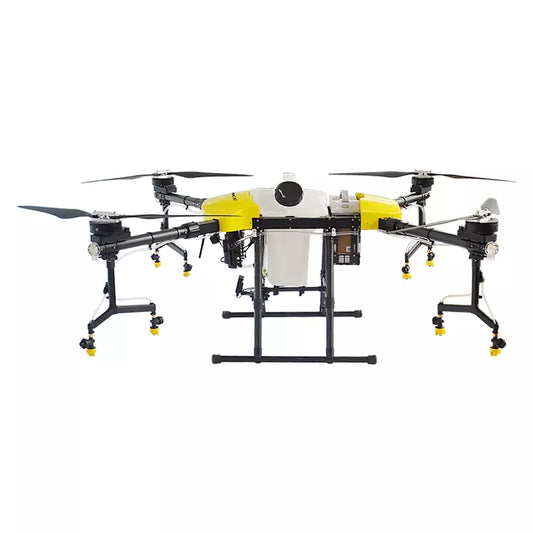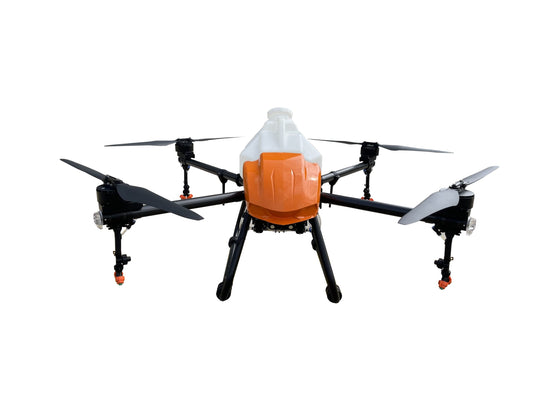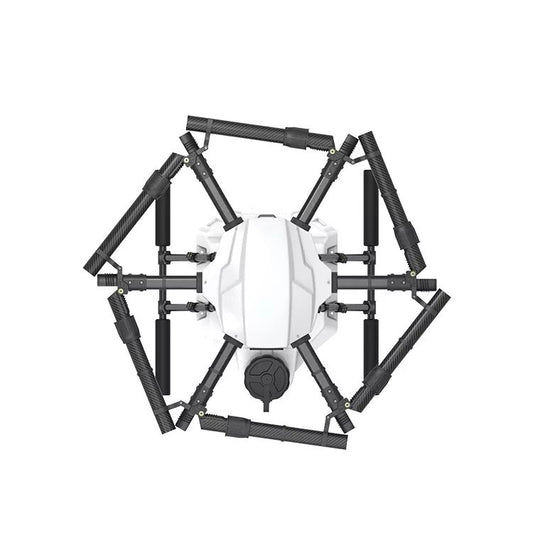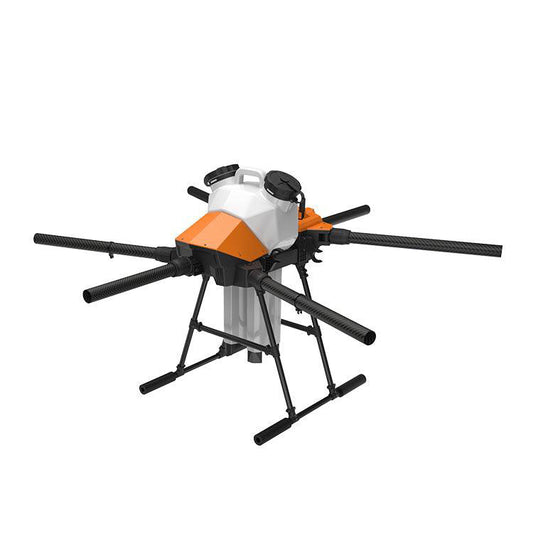Collection: 16L Agriculture Drone
Tank Capacity 16L Agriculture Drone
A 16L Agriculture Drone refers to a drone that has a liquid carrying capacity of 16 liters. These drones are often used for spraying tasks in the agriculture sector, such as applying fertilizers or pesticides over crops. The specific parameters, performance, weight, spray area, flight time, components, assembly process, and control methods can vary significantly depending on the brand and model.
Here are some general features and details:
Parameters & Performance:
-
Payload Capacity: The 16L indicates the capacity of the drone's spraying system. It can carry up to 16 liters of liquid.
-
Weight: The weight of agricultural drones can vary significantly, but a typical large agricultural drone might weigh anywhere between 20kg to 50kg when unloaded. The weight will increase when carrying a full payload.
-
Spray Area: The area a 16L drone can cover in a single flight depends on the spray rate, which is usually adjustable. A rough estimate might be around 15-20 acres per flight, but this will depend on the specific drone and the conditions of use.
-
Flight Time: The flight time of agricultural drones can vary but is typically in the range of 15-30 minutes on a single battery charge. The exact time will depend on factors such as the drone's weight, speed, weather conditions, and the payload it's carrying.
Components:
A typical large agricultural drone might include the following components:
-
Airframe: The main body of the drone, including the structure and the arms that hold the motors and propellers.
-
Motors and Propellers: These provide the power to lift and maneuver the drone.
-
Battery: This powers the drone. Larger drones often require larger, heavier batteries.
-
Spraying System: This includes the tank (with a 16L capacity in this case), the pump that moves the liquid, and the nozzles that spray it.
-
Flight Controller: This is the drone's onboard computer system, which controls its flight.
-
GPS Module: This allows the drone to know its location and to follow pre-planned flight paths.
-
Remote Controller: This is used by the operator to control the drone.
Assembly:
The assembly process for an agricultural drone can vary widely based on the specific model. Always refer to the manufacturer's specific assembly instructions.
Control:
Many agricultural drones are semi-autonomous, meaning they can follow pre-planned flight paths but can also be manually controlled by the operator. The operator usually uses a remote controller to control the drone and may use a software interface to program the drone's flight path and tasks.
EFT E416P,EFT E616PEFT G616
